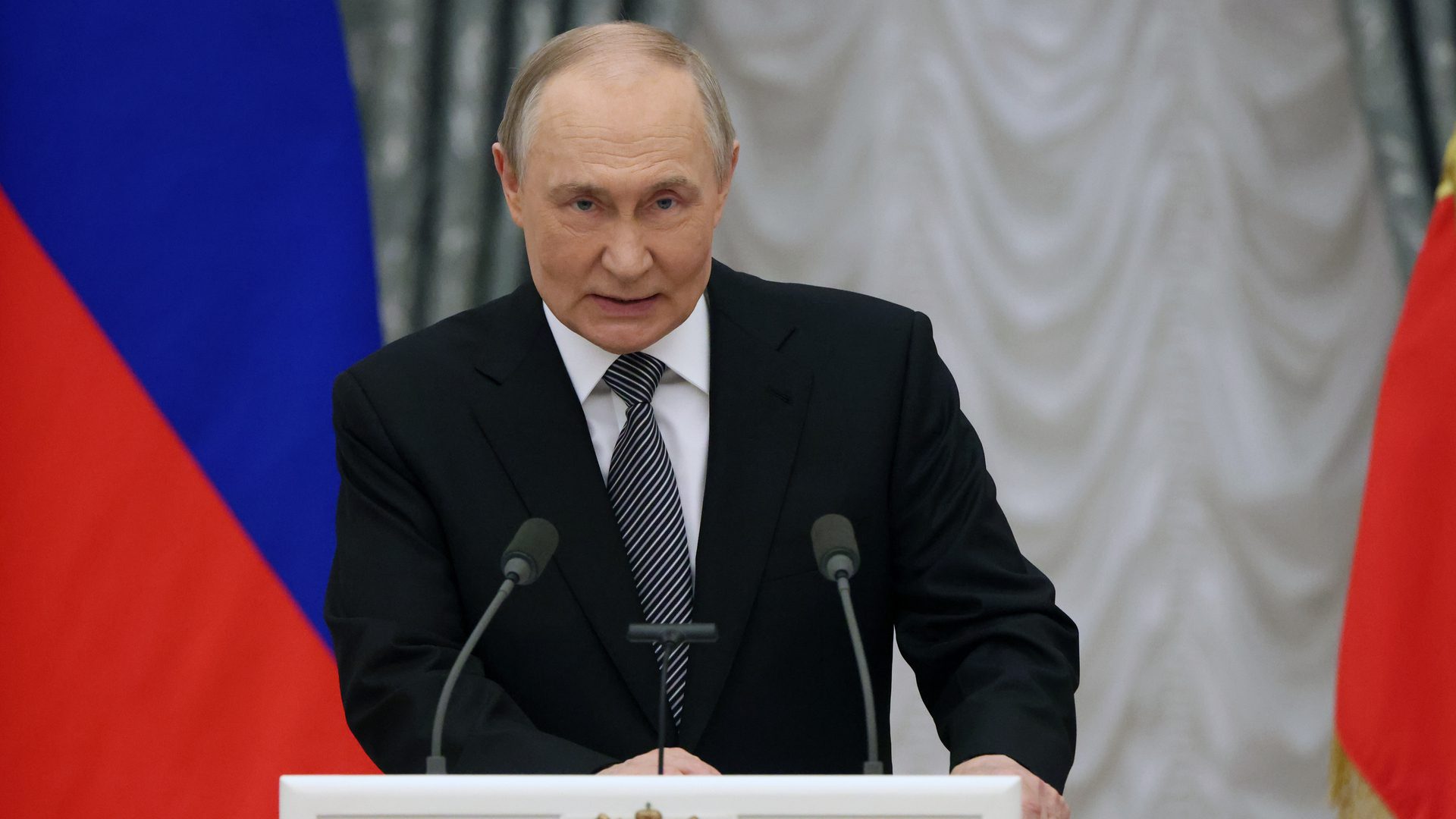Ceasefire negotiations: what could make Russia change its strategy?

Talks between Russia and the United States on ending the war in Ukraine are faltering due to differences on key issues and the absence of new substantial leverage on the part of the West. Moscow is conducting a conscription campaign that will bolster the size of the army while also ramping up military production. It is no longer interested in a simple ceasefire, but is instead seeking a broad agreement that would encompass not only Ukraine, but also European security architecture. Nevertheless, the prospect of an agreement has not been ruled out since the Kremlin’s priority is still to re-configure the European security system . Putin may opt for concessions on Ukraine if the United States commits to key principles that reduce the risk of Russia entering prolonged negotiations without results. If Washington does not take this path, Moscow plans to use the spring–summer period to strengthen its negotiating position.
A strategy of waiting
The Kremlin is eager to appear open to peace talks, but in practice is pursuing a strategy of delay. It assumes that the United States has limited capacity – both militarily and politically – to scale up support for Ukraine. Within the Russian elite, there is a growing perception of American indecision: the position of the US establishment continues to be ill-defined and Steve Witkoff’s recent visit to Moscow brought no discernible progress. His public statements offered no indication – not even indirect – of any narrowing of positions on Ukraine. This has reinforced the impression that current contacts remain at a preliminary exploratory stage without a defined agenda and clear signposts.
Against this backdrop, the Kremlin does not rule out the possibility that Trump may ultimately lose interest in negotiations and distance himself from the Ukraine issue, shifting responsibility for it on to Europe. Meanwhile, European weapons deliveries are set only to partially replace what the US has been sending to Ukraine. Despite increased production capacity, Europe remains unable to scale up military assistance to the level that would equip Ukraine to achieve a strategic breakthrough. As long as this support stays at current levels, Russia is likely to retain the initiative on the battlefield by relying on domestic industrial and financial mobilisation.
Internal resilience and external vulnerability
The Kremlin also believes that the scope for external political and economic pressure on Russia remains limited. Even in the unlikely scenario where oil prices fall to $40 per barrel, our calculations suggest that the Russian budget could still remain stable for six to nine months. Possible compensatory measures include rouble devaluation, increased domestic borrowing, and use of the National Welfare Fund – which contains liquid assets totalling 3.27 trillion roubles (approx. $35 billion; equivalent to 7.8 per cent of annual federal expenditure) as well as budget cuts excluding defence that will remain a priority for the Kremlin. Some 80 per cent of this year’s arms procurement was already financed in January and February. A potential rise in inflation to 20 per cent per annum is viewed as controllable.
Fig. 1. Export oil price and monthly oil & gas revenues

A supplementary resource to sustain military operations is the growth of domestic arms production. Over the past 18 months, the number of enterprises within the defence-industrial complex has increased from 2,000 to 6,300, accompanied by higher investment and expanded output of key systems, including air defence. In this context, the Kremlin feels sufficiently confident to maintain its current course: military pressure and waiting it out.
Yet despite the appearance of internal stability, the Kremlin remains sensitive to external factors – notably China’s behaviour. Moscow has noted growing caution in Beijing’s stance, and recent diplomatic signals are viewed as potentially problematic. Russian officials have responded with mixed messaging: Foreign Minister Sergey Lavrov continues to make pointedly positive statements to Beijing, while Putin is keeping his distance. The upcoming visit of China’s President to Moscow is seen as a pivotal moment that may clarify whether Beijing intends to maintain its support for Russia or prefers to distance itself.